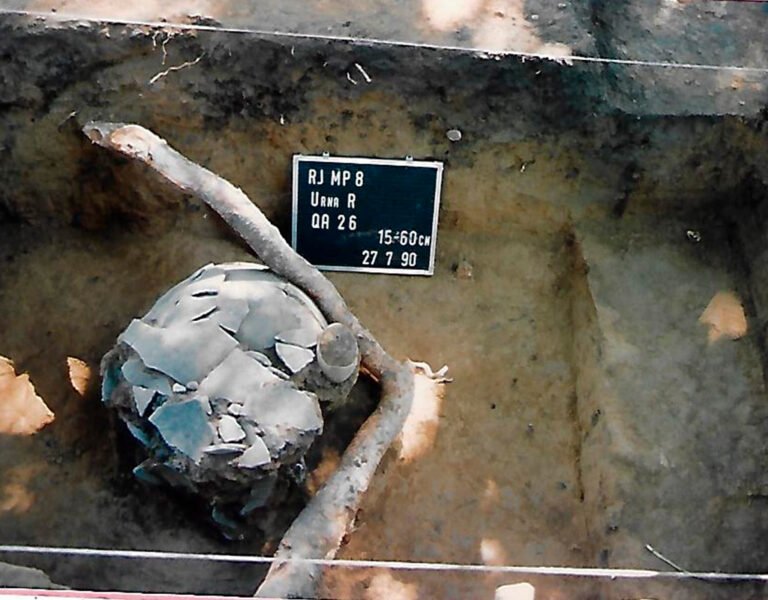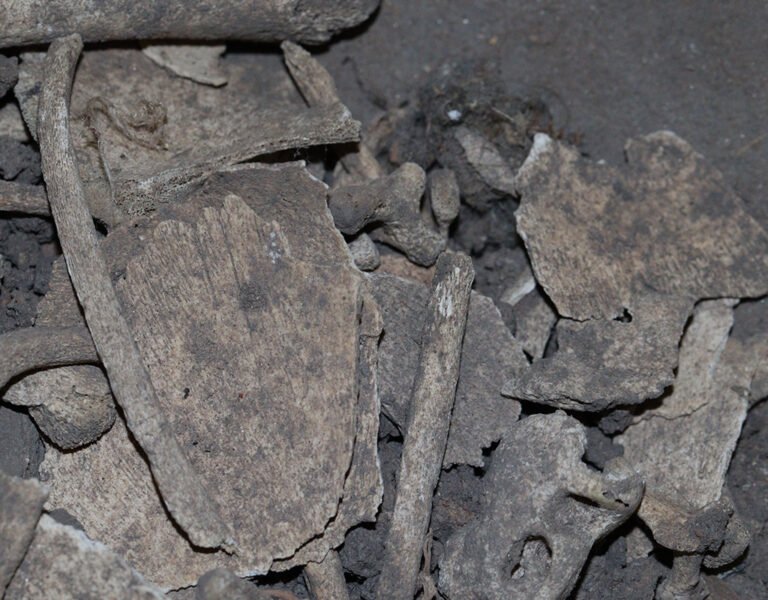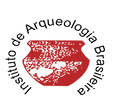Children's urn
Object description
The children of this group were buried in small urns inside the village. This jar contained the bone fragments of a small child, with a necklace of grass seed as an internal accompaniment, and the skeleton of a small lizard wrapped by the colored sand that filled the interior of the piece. It was closed with a plate with leftover food (poultry and fish) and on top of it another round bowl, with a vase in the shape of a glass for water. At the base, a ritual bonfire containing charcoal and snails. The piece is a 4 A morphology jar of excellent technology, cordmarked manufacture, reductive burning, thin walls and a polished surface. A small “button” on the rim completes the beauty of the set. It is noteworthy that in contrast to all this, only a single female burial was found at the Caju site. The body was buried without any accompaniment and in a different position from the others.
Cultural affiliation of the object
Prehistoric Period
Una Tradition
Ururai Phase
Location Campos dos Goitacazes, Rio de Janeiro
Caju site, RJ MP 08
Level 10 – 60 cm (3,9 – 23,6 inches)
Cultural analysis of the object
Type Funerary Urn
Ceramic material
Dimension 20×26 cm (7,87 x 10,2 inches)
Relative Dating 1000 – 1100 BP
Source IAB 1990 Collection
Catalog 2900












